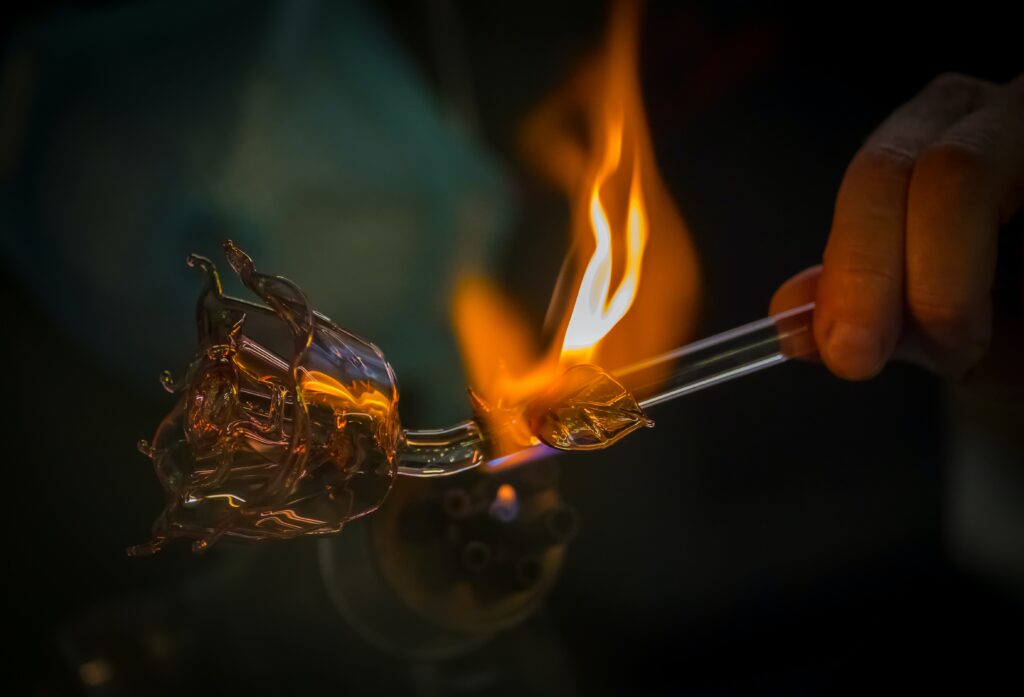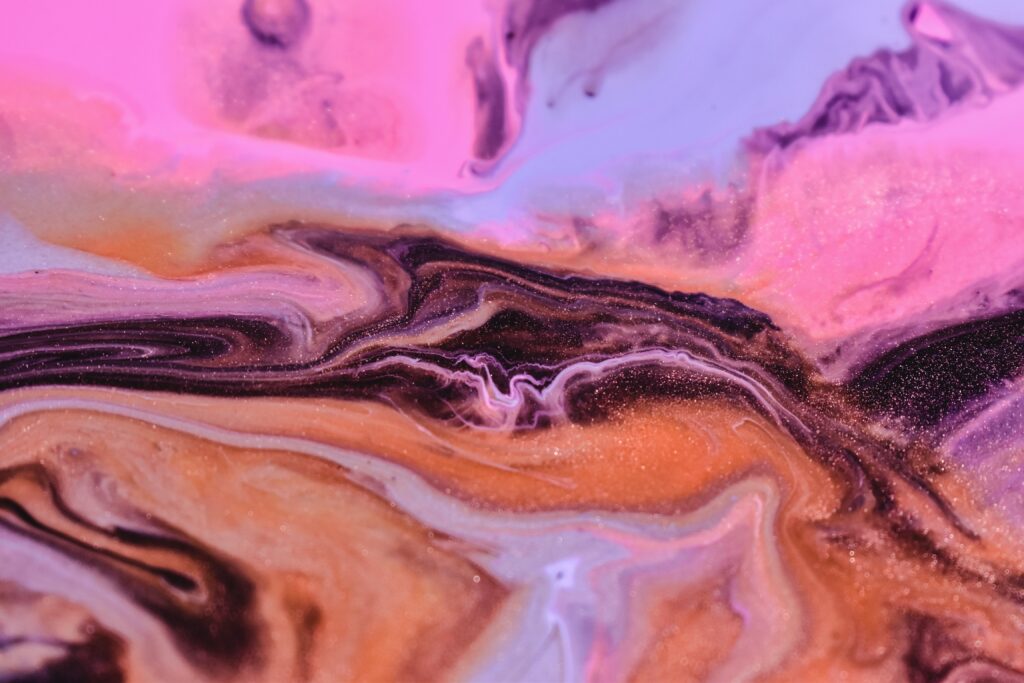
Imagine the thrill of adorning yourself with a unique piece of handmade jewelry, meticulously crafted with skill and love. But have you ever wondered just how much time and effort goes into creating such exquisite pieces? Well, fret not, because we’re here to satisfy your curiosity. In this article, we’ll explore the fascinating world of handmade jewelry and provide insights into the time and dedication required to bring these wearable works of art to life. Prepare to be amazed as we unravel the secrets behind the creation of handmade jewelry.
Check out our TOP three Recommended products
Designing
Brainstorming ideas
When creating a piece of handmade jewelry, the first step is brainstorming ideas. This is your opportunity to let your creativity flow and come up with unique and innovative designs. You can draw inspiration from nature, art, fashion trends, or even your own personal experiences. The goal here is to think outside the box and come up with designs that will captivate and delight your customers.
Sketching designs
Once you have a few ideas in mind, it’s time to bring them to life on paper. Sketching designs allows you to visualize how the finished piece will look and make any necessary adjustments. You can use pencil and paper or digital tools to create detailed sketches of your jewelry designs. This is also a great time to consider the proportions, sizing, and overall aesthetic of the piece.
Choosing materials
After finalizing your designs, it’s essential to choose the right materials that will bring your vision to life. Consider the type of jewelry you’re creating and the desired look and feel. Whether it’s precious metals like gold or silver, gemstones, beads, or other materials, take into account the quality, availability, and cost of each material. It’s also important to ensure that the chosen materials align with your target audience’s preferences and the overall market trends.
Preparing Materials
Gathering materials
Once you have decided on the materials needed for your handmade jewelry, it’s time to gather them all in one place. This could involve visiting local suppliers, browsing online vendors, or even repurposing materials from existing jewelry pieces. Ensuring that you have all the necessary materials before starting the creation process will save you time and prevent interruptions during the making of the jewelry.
Organizing workspace
Having an organized workspace is crucial for efficiency and productivity. Make sure your work area is clean, clutter-free, and well-lit. Set up storage solutions to keep your materials, tools, and equipment easily accessible. Invest in containers, drawers, or shelving units to sort and categorize the various components of your jewelry-making process. An organized workspace will not only save you time, but it will also enhance your creativity and overall enjoyment of the crafting process.
Cleaning and prepping materials
Before you begin cutting and shaping your materials, it’s essential to clean and prepare them appropriately. Some metals may have oils or residues that need to be removed before use. Gemstones may require gentle cleaning to remove any dirt or debris. Take the time to inspect each material and ensure they are in optimal condition for the jewelry-making process. This step will help ensure the durability and quality of the final product.

Check out our TOP three Recommended products
Cutting and Shaping
Measuring materials
Accurate measurements are critical when it comes to creating handmade jewelry. Use a ruler, calipers, or other measuring tools to precisely measure and mark the materials according to your design specifications. This step is crucial to ensure that each component fits together seamlessly and that the final piece of jewelry looks professional and well-crafted.
Using tools to cut and shape
Once the measurements are marked, it’s time to cut and shape the materials. This step requires the use of various tools such as jewelers’ saws, wire cutters, pliers, and files. Carefully follow the marked lines to ensure clean cuts and smooth edges. Take your time during this stage as precision is key to creating high-quality jewelry.
Refining the pieces
After cutting and shaping the materials, refining the pieces is the next step. This involves using files, sandpaper, or polishing tools to smooth out any rough edges or imperfections. Pay close attention to detail and aim for a flawless finish. This refining process is essential for ensuring the comfort and wearability of the jewelry, as well as adding that final touch of professionalism.
Assembling
Arranging the components
Once all the individual pieces of the jewelry are cut, shaped, and refined, it’s time to assemble them together. Lay out the components according to your design and visualize how they will fit together. This step allows you to make any necessary adjustments before permanently attaching the pieces. Play around with different arrangements to find the most aesthetically pleasing composition.
Attaching findings and connectors
Now that the components are arranged, it’s time to attach the findings and connectors. These may include clasps, jump rings, earring hooks, or any other pieces that allow the jewelry to be worn and functional. Depending on the design, this can involve soldering, wire wrapping, or using specialized adhesives. It’s important to ensure that the attachments are secure and will withstand regular use.
Securing the pieces
Once all the components and attachments are in place, it’s crucial to secure them properly. This can involve using adhesives, solder, or other techniques to ensure that the jewelry is durable and long-lasting. Take the time to test the strength and stability of the connections to avoid any potential issues once the piece is worn by the customer.

Soldering
Preparing the soldering station
Soldering is a technique commonly used in jewelry-making to permanently join metal components. Before starting the soldering process, it’s important to prepare a designated soldering station. This includes setting up a fireproof surface, ensuring proper ventilation, and having all the necessary soldering tools and materials within reach. Safety should always be a priority during soldering.
Applying flux to the joints
Flux is a chemical compound that helps facilitate the soldering process by removing oxidation and ensuring a smooth flow of solder. Apply a small amount of flux to the joints where the metals will be soldered together. This will improve the adhesion of the solder and create a strong bond between the metal components.
Heating the soldering iron
Once the flux is applied, it’s time to heat up the soldering iron. Depending on the type and size of the metal components, different temperatures may be required. Allow the soldering iron to reach the appropriate temperature and ensure that the tip is clean and free of any debris. A properly heated soldering iron will ensure efficient and precise soldering.
Polishing and Finishing
Buffing and polishing the jewelry
Polishing is a crucial step in creating a piece of handmade jewelry that shines and catches the eye. Use polishing tools and compounds to buff and shine the metal surfaces. This will remove any scratches or blemishes and give the jewelry a professional and polished appearance. Take your time during this step to ensure that every surface is properly polished.
Applying patina or coating
Depending on the desired look of the jewelry piece, you may choose to apply a patina or coating. Patinas can add a touch of antiquity or uniqueness to the piece, while coatings can protect the metal from tarnishing or add a specific color or finish. Ensure that the patinas or coatings used are compatible with the materials you’re working with and follow the manufacturer’s instructions for application.
Adding final touches
The final touches can make all the difference in creating a truly unique and special piece of handmade jewelry. Consider adding small details such as engraved initials, delicate gemstone accents, or even personalized charms. These final touches can enhance the overall design and create sentimental value for the wearer. Let your creativity guide you as you add those final, special elements.

Stone Setting
Preparing the settings
If your jewelry design incorporates gemstones, the next step is to prepare the settings. This involves choosing the appropriate type of setting, such as prong, bezel, or channel, and ensuring that it fits the size and shape of the stones. Make sure the settings are clean and free of any debris or defects that may affect the stone’s stability or appearance.
Placing stones into the settings
With the settings prepared, it’s time to carefully place the gemstones into their designated spaces. This can be done using tweezers or other specialized tools, depending on the size and delicacy of the stones. Take your time and ensure that each stone is properly aligned and centered within the setting. This step requires precision and attention to detail to create a beautiful and secure stone setting.
Securing the stones
Once the stones are in place, it’s essential to secure them properly. This can involve using prongs, adhesive, or other fixing techniques, depending on the type of setting used. It’s crucial to ensure that the stones are securely held in place to prevent any potential loss or damage. Test the stones’ stability by gently tapping or shaking the jewelry to ensure they can withstand regular wear.
Engraving or Embellishing
Planning the design
Engraving or embellishing is an optional but highly customizable step in the jewelry-making process. If you choose to add a personal touch to your creation, plan out the design and consider the size, placement, and style of the engraving or embellishment. This step adds a unique and sentimental element to the jewelry and can make it truly one-of-a-kind.
Using specialized tools for engraving
Engraving involves using special tools to etch designs, initials, or patterns onto the surface of the metal. Depending on the intricacy of the design, you may need various types of engraving tools, such as burins, gravers, or rotary tools. Take your time and work with precision to achieve clean and well-defined engravings that enhance the aesthetics of the jewelry.
Adding decorative elements
Embellishing can involve adding decorative elements such as filigree, gemstone accents, or additional textures to the metal surface. This step allows you to further customize the piece and add visual interest. Whether it’s soldering delicate filigree wires or setting small gemstones, take care to ensure that each decorative element is securely attached and enhances the overall design.

Quality Control
Inspecting for flaws
Before finalizing a piece of handmade jewelry, it’s crucial to thoroughly inspect it for any flaws or imperfections. Carefully examine each component, attachment, and setting to ensure that there are no visible defects or structural weaknesses. This step ensures that only high-quality and well-crafted pieces reach the hands of your customers.
Checking durability
Durability is of utmost importance in handmade jewelry. Test the strength and integrity of each component, attachment, and joint to ensure that it can withstand regular use and wear. Perform rigorous tests such as pulling, twisting, or moving the jewelry to ensure that it will hold up over time. This step guarantees that your customers will receive jewelry that is built to last.
Testing functionality
In addition to durability, it’s important to test the functionality of the jewelry. For example, if you’re creating a necklace, check that the clasp opens and closes smoothly and securely. If it’s a ring, ensure that it fits comfortably and doesn’t snag on clothing. These functional tests ensure that the customer will have an enjoyable and hassle-free experience when wearing the jewelry.
Packaging and Presentation
Choosing appropriate packaging
Packaging plays a significant role in presenting your handmade jewelry to customers. Select packaging that reflects the style and aesthetic of your brand and jewelry pieces. Consider using materials such as velvet pouches, jewelry boxes, or eco-friendly packaging options. The packaging should be sturdy enough to protect the jewelry during transportation and visually appealing to enhance the overall presentation.
Adding branding and labels
To create a cohesive and professional image, incorporate your branding into the packaging. This can include custom labels, logo stickers, or even personalized thank you cards. These branding elements not only add a professional touch but also serve as a reminder of your brand to the customer. Ensure that the branding is tasteful and complements the overall design of the packaging.
Creating a visually appealing display
If you plan to showcase your handmade jewelry in a physical store or at an event, create a visually appealing display. Utilize factors such as lighting, props, and organization to catch the attention of potential customers. Highlight the unique features of each piece and create an inviting and aesthetically pleasing atmosphere that enhances the overall shopping experience.
In conclusion, creating a piece of handmade jewelry is a multi-step process that requires a combination of creativity, precision, and attention to detail. From brainstorming ideas and sketching designs to polishing and packaging, each step contributes to the creation of a unique and high-quality piece of jewelry. By following this comprehensive outline, you can ensure that your handmade jewelry is crafted with care and delivers joy to its wearers. So, roll up your sleeves, unleash your creativity, and let the magic of handmade jewelry-making begin!